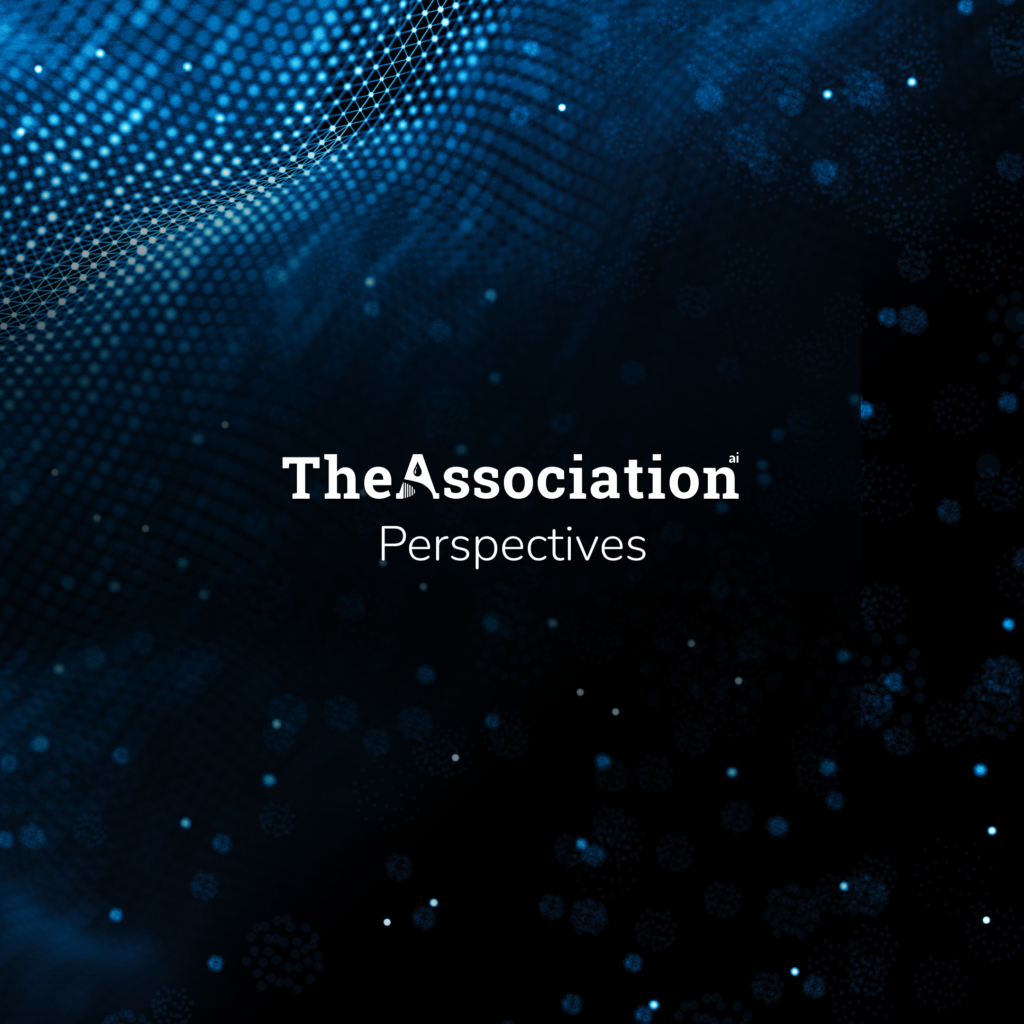
Embracing the AI Revolution: A Landmark Moment
On October 30th, President Biden issued a pivotal Executive Order (EO) aimed at focusing on the development of Artificial Intelligence (AI) that is safe, secure, and trustworthy. As the AI Safety Summit 2023 commences today in the UK, this EO highlights the United States’ commitment to a critical objective: striking the right balance between embracing AI’s transformative power and mitigating its potential risks.
The success of this EO in striking this delicate balance remains to be seen. While executive orders come with inherent limitations—they can lack adequate appropriations, be subject to judicial review, and are reversible by future administrations—this initiative is undoubtedly a significant step forward. Its comprehensive scope, touching all sectors, underscores the urgent need for the US to defend against threats to national and economic security, health and safety, and to maintain its leadership and growth in AI.
Key Points of the EO
Safety and Security of AI
The EO highlights the security risks posed by AI, particularly in areas like biotechnology, cybersecurity, and national security. It recognizes the challenges in mitigating these risks due to AI’s complexity and opaqueness. The aim is to ensure AI systems are resilient, ethically developed, and operated securely, adhering to federal laws and policies. This includes thorough testing, evaluations, and ongoing performance monitoring.
To tackle these national security concerns, the EO outlines several directives:
- Developers of potentially harmful AI, including “dual-use foundation models” (i.e., those posing a significant risk to national security) and generative AI, must:
- Notify the federal government when training with data;
- Conduct “AI red-teaming” safety testing for robust, secure, and trustworthy systems; and
- Submit results and other vital information to the U.S. government.
- Companies and government agencies developing AI must integrate the AI Risk Management Framework, NIST AI 100-1, and other security guidelines into their safety protocols.
Trustworthiness of AI
The EO also addresses AI’s trustworthiness, advocating for effective labeling and content provenance mechanisms, like watermarking, to help users distinguish AI-generated content. These measures aim to mitigate AI risks while preserving its benefits.
Privacy in AI
The EO underscores the importance of protecting Americans’ privacy in the AI era, given AI’s capacity to extract, identify, and exploit personal data. Key initiatives include:
- Urging Congress to enact bipartisan data privacy laws, with a special focus on protecting children.
- Prioritizing federal support for the development and usage of privacy-preserving techniques, including advanced AI that maintains privacy during data training.
- Enhancing research in privacy technologies and establishing a Research Coordination Network to expedite privacy research, focusing on Privacy-Enhancing Technologies (PETS).
- Directing federal agencies to evaluate their data collection methods, especially concerning information obtained from data brokers, to address AI risks.
- Creating guidelines for federal agencies to assess the effectiveness of PETS in AI systems.
- Addressing the increased risks of workplace surveillance due to AI.
- Coordinating between the Department of Justice and Federal civil rights offices to establish best practices for investigating and prosecuting AI-related civil rights violations.
The EO Promotes Innovation, Education, and Competition
The overarching goal is to foster innovation and competition in AI by
- Attracting global AI talent.
- Supporting AI research and education.
- Preventing unfair business practices.
- Protecting the intellectual property rights of inventors, businesses, and creators.
To achieve these objectives, the EO focuses on curbing illegal collaborations and diminishing threats posed by dominant firms. It addresses how such firms might use key resources like semiconductors, computing power, cloud storage, and data to unfairly disadvantage competitors. The EO also aims to create an ecosystem that maximizes AI’s benefits while opening opportunities for small businesses, workers, and entrepreneurs.
Additional Points Addressed
- Advancing Equity and Civil Rights: The administration is committed to preventing AI from exacerbating discrimination, especially in justice and housing. This includes providing guidance to prevent AI-induced biases and developing best practices for AI use in the criminal justice system.
- Supporting Workers: Efforts are focused on balancing AI’s benefits and harms and studying its potential labor-market impacts.
- Advancing American Leadership Abroad: The administration seeks to establish international collaborations and frameworks for responsible AI deployment, promoting global AI standards and safe development.
- Ensuring Responsible Government Use of AI: Developing standards for safe and rights-protective AI use in government, enhancing AI procurement, and facilitating a government-wide AI talent surge.
- Semiconductors: Steps are being taken to foster competition in the semiconductor industry, essential for AI, by supporting smaller companies and establishing mentorship programs.
- Copyright and Digital Authentication: The administration is developing guidance for content authentication to distinguish AI-generated content and providing guidance on AI-related intellectual property protections.
Reflection
This Executive Order represents a significant milestone in the AI revolution, balancing innovation with safety, security, and trust. Its impact will be shaped by how it is implemented and the global response to the evolving landscape of AI technology.
Stay tuned for Part 2, where we will delve deeper into the international implications of this directive and its potential influence on the global AI landscape.





